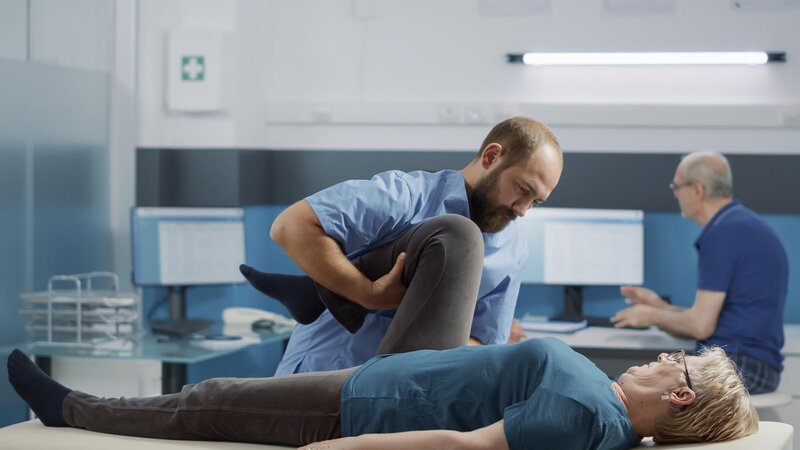
The Role of Physical Therapy in Rehabilitation After an Injury Or Surgery
Posted by Caitlin Hensley on 2023-02-03
Physical therapy is one of the most important aspects of rehabilitation after an injury or surgery. It has the ability to restore function, increase mobility, and improve quality of life. Many people use physical therapy to get back on their feet after suffering from injuries, such as a car accident, a stroke, or a broken bone. However, it can also be used to treat specific types of joint and muscle problems.
Pre-surgical rehab
Pre-surgical rehabilitation helps patients prepare for surgery and improves the recovery process. It involves a physical therapist who will work with patients to determine how they can best recover.
A physical therapist can help patients become more aware of how to move and reduce pain. A therapist can also suggest targeted exercises. If patients follow these steps, they will be able to get back on their feet faster.
One of the significant benefits of pre-surgical rehab is that it can help patients feel better about their procedure. This will lead to a quicker recovery and a lower risk of complications.
Another benefit of pre-hab is that it can decrease the number of days spent in the hospital. In fact, studies have shown that patients who engage in pre-hab programs experience a shorter hospital stay and less pain.
In addition, pre-hab can save money in the long run. Many HMOs recognize pre-surgical rehabilitation as a cost-saving measure.
Joint problems
Physical therapy can be a helpful solution for joint problems after injury or surgery. It can help patients to relieve their symptoms and regain mobility and independence. Depending on the severity of the condition, physical therapists can offer various treatment options.
In the first stage of recovery, the physical therapist will evaluate the patient's condition. This includes taking a complete medical history, performing a physical exam, and performing strength and motion tests. The therapist will also look for muscle imbalances and weakness. If necessary, the physical therapist will refer the patient to an orthopedic surgeon.
After the therapist has determined the cause of the problem, he or she will devise a rehabilitation plan. This will include specific movements proven to reduce pain.
During this phase, the physical therapist will also teach the patient how to perform everyday activities without pain. In addition, the physical therapist will use therapeutic modalities such as electrical stimulation and diathermy. He or she will also work with the patient on breathing techniques, mindfulness, and lifestyle changes.
Stroke recovery
In the aftermath of a stroke, many patients turn to rehabilitation for help with the recovery process. The goal is to get back to being able to do basic daily activities and to improve cognitive and motor skills. Rehabilitation includes medical measures, as well as social and vocational measures.
Physical therapy, speech and language therapy, and occupational therapy are all part of the recovery process. Therapists are trained to help patients relearn basic tasks. They may also teach patients how to use assistive devices such as a cane or walker.
One of the first steps is an accurate diagnosis. This is important, as it allows for faster treatment and can save a life.
You should contact your emergency medical services if you suspect you are having a stroke. Your doctor will be able to tell you what you should do next.
It would help if you also keep your blood pressure under control. Having high blood pressure can increase your risk of a stroke.
Deductibles for physical therapy
There are a few things to consider when deciding on physical therapy deductibles. The type of plan you choose, your health condition, and your personal circumstances all play a role in choosing the right plan.
Deductibles are the amount of money you must pay out of your own pocket before insurance will pay for any portion of your healthcare appointments. Most insurance plans have a deductible that can be as low as $200 or as high as $1000. If your plan has a deductible, it may be worth shopping for a higher deductible. Often, these deductibles require you to pay a small co-pay each time you visit your doctor.
Co-pays are fixed amounts for each appointment. These are usually a percentage of the total cost of the visit. Usually, the co-pay will contribute to your out-of-pocket maximum, which is the maximum amount you can spend in a calendar year.